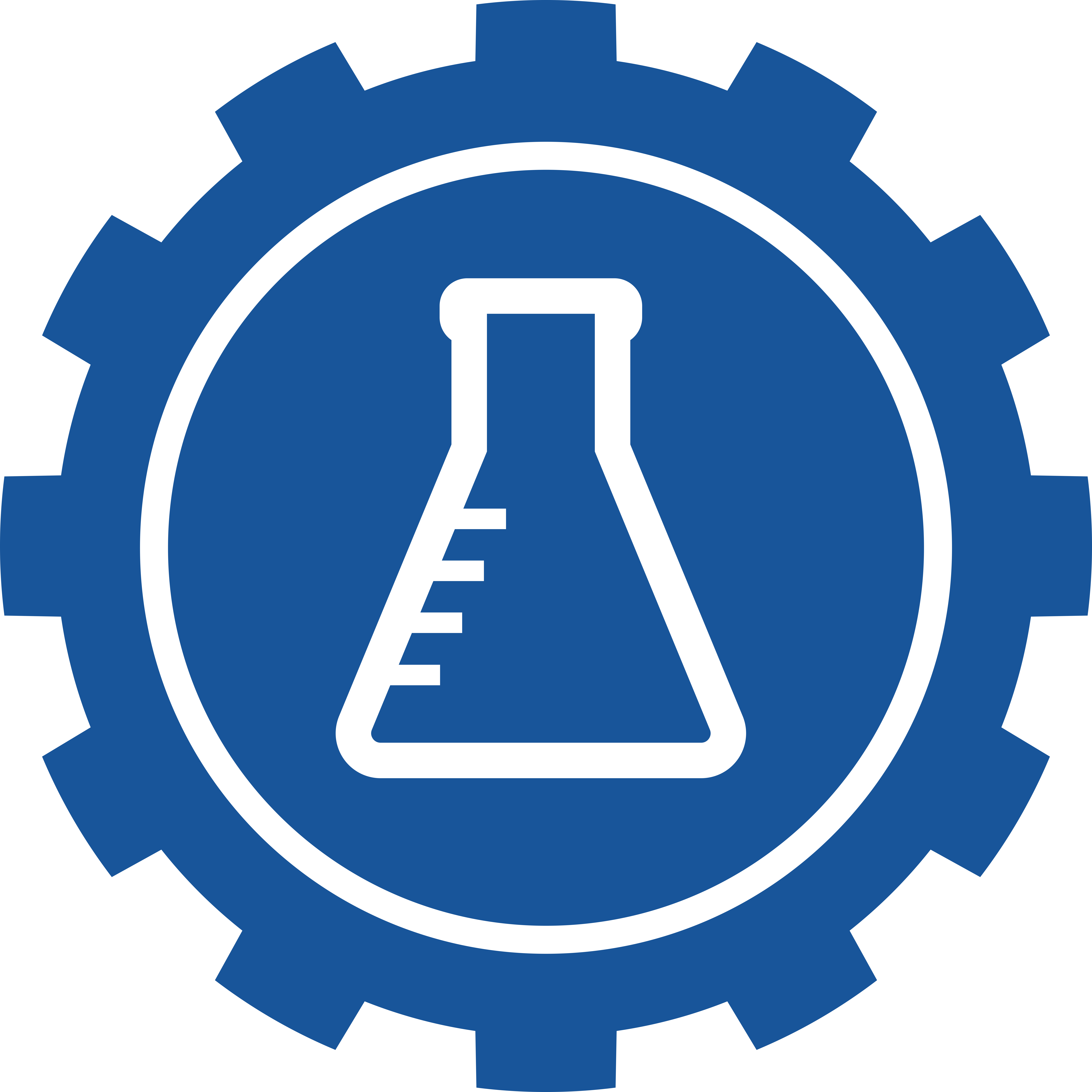Scientific progress has an enormous impact on our lives. Thanks to the research of young scientists, including female chemistry students from the Faculty of Chemistry at the Silesian University of Technology, who are also involved in the Scientific Circle, it is possible to seek new solutions to many contemporary problems. Today, we have a special article for you about three girls. Each of them is different and unique, like Bójka, Bajka and Brawurka! We are talking about our departmental Powerpuff Girls: eng. Julia Borda, eng. Julia Targosz and Sonia Wardejn. Since the last will be the first, we invite you to read about Sonia's achievement.
Sonia can boast a publication in which she is first author! The work focused on biodegradable films in food packaging, with a particular focus on improving their antimicrobial properties and analysing the impact of various modifications on the effectiveness of these improvements. Sonia's research focused on improving the antimicrobial and antifungal properties of biodegradable films made from the biopolymers starch, chitosan and alginate. The films were modified using various additives such as plant extracts, plasticisers, crosslinking agents and cellulose nanofibres. Significant improvements in both antimicrobial, hydrophilic and mechanical properties were achieved, especially for alginate and chitosan films. The results indicate that these innovative food packaging offers an eco-friendly alternative that not only extends the shelf life of food products, but also supports the development of a more sustainable packaging industry.
We asked our colleague a few questions about this topic.
A: How do you recall the process of writing the article itself?
S: Writing the article was a valuable experience for me to hone my ability to formulate thoughts, find information, cite properly and use specialised language. I believe that learning by doing is the most effective.
A: What did you enjoy most during your research? What surprised you the most during them?
S: The process of preparing biodegradable films based on different biopolymers and analysing their properties - both in practical laboratory experiments and based on scientific literature - gave me the greatest satisfaction. Among other things, I have learnt that any modification (even a small one) can significantly improve the properties of such films thanks to a synergistic effect. I value the opportunity to combine practical and theoretical work. While researching plant extracts, it was surprising to discover that all the extracts analysed - from horse chestnut, nettle, grape and graviola - showed antimicrobial properties. Chestnut extract is particularly notable for its effectiveness against both Gram-positive and Gram-negative bacteria, as well as fungi. In addition, a review of the literature reveals a great variety of methods for modifying the properties of films, such as the use of plant extracts, plasticisers, cross-linking agents or nanoparticles, which improve their antimicrobial, mechanical, hydrophilic and barrier properties, among others. This diversity inspired me to research further.
A. You conducted your work under the supervision of Professor Gabriela Dudek. Do you have any plans to continue working under Ms Professor?
S. Yes.
A. And my last question. Would you like to thank anyone for their support during your work?
S. I would like to thank Prof. Dudek sincerely for her scientific support, time and valuable guidance, which were extremely helpful during this project. I am particularly grateful for her substantive help, kindness and commitment, which contributed significantly to the success of this work. I would also like to thank Prof. Waclawek for his valuable comments, commitment and support in terms of formal analysis.
Congratulations on an excellent publication and we wish you continued success,
You can read the article here.
And our two Julie's, Targosz and Borda, took part in the 8th International Scientific and Practical Conference ‘CHEMICAL TECHNOLOGY: SCIENCE, ECONOMY AND PRODUCTION’ organised by the Ukrainian Ministry of Education and Science and Sumy State University. There were many more organisers and you can find out about them here.
Eng. Julia Borda presented a conference paper entitled. ‘Review of test methods used to determine the sensitivity of explosives to shock waves’, which she co-authored. In addition to Julia, the authors were eng. Julia Targosz and M.Sc. Szymon Wojak. The supervisors of the entire project are M.Sc. Konrad Szydło, M.Sc. and PhD Sylwia Waśkiewicz,
eng. Julia Targosz had a separate oral presentation on ‘Investigations of the influence of metal oxides on the properties of solid rocket fuels’, where, in addition to her, the authors were Agnieszka Ignaszewska, Eng. and the supervisors were M.Sc. Kinga Janowska, and Prof. Tomasz Jarosz.
I asked the girls for their feelings about the conference:
Due to the nature of the conference, it was possible to learn about many interesting aspects of specialised chemical technology. An interesting experience. - comments eng. Julia Borda
Of course, there was a bit of stress before the presentation, because it was a very specialised conference. I learned a lot of interesting things. However, the only slight downside was that the conference was held online to ensure the safety of participants due to the Russian attack on Ukraine. - adds eng. Julia Targosz
We congratulate all three girls from a chemical heart and keep our fingers crossed for further development!
Text and editors: Agnieszka Kicińska, Sonia Wardejn, Julia Borda, Julia Targosz
Helps with edition: Maciej Gdala, Kinga Adamiec










